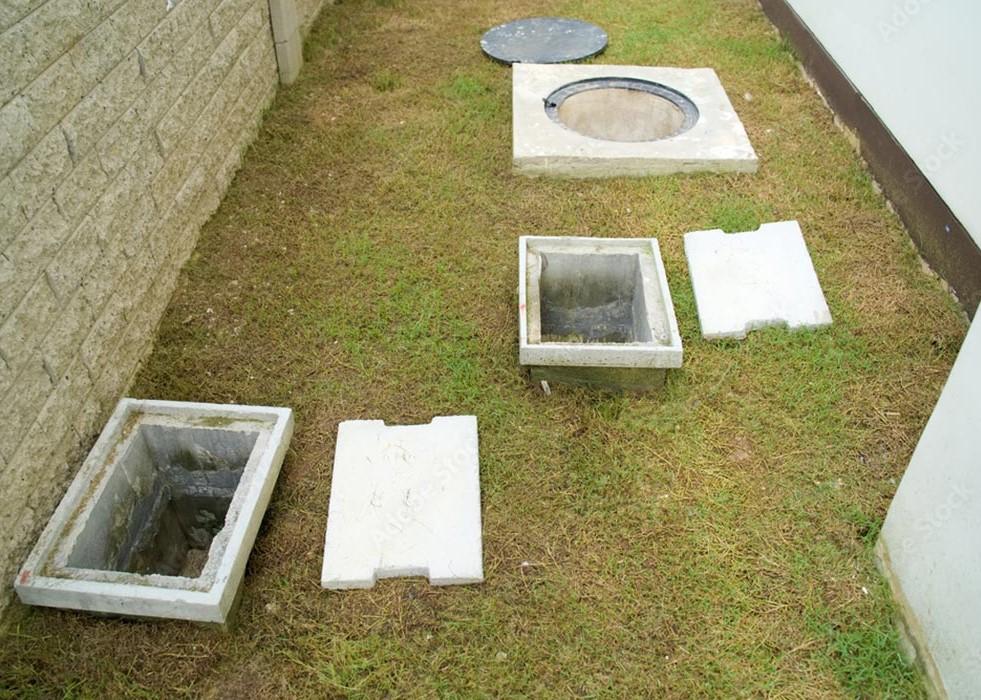
RPM Precast Concrete Grease Interceptors
Coon Rapids, MN

RPM Precast Concrete Grease Interceptors
![]() 0 reviews - 0 from friends - Leave a review
0 reviews - 0 from friends - Leave a review
Effective precast grease interceptor solutions for preventing blockages and maintaining sanitary public water systems
Coon Rapids, MN 55448
About
Precast grease interceptors are large basins with strategically designed chambers which separate fats, oils, and grease (FOG) and solid sediment from free flowing water.
Grease interceptors differ from grease traps, which are much smaller and are typically located under kitchen sinks. Grease interceptors are designed to handle much larger volumes of water and are typically buried underground near the affected building to prevent foul smells from affecting the indoor environment.
There are two distinct grease interceptor designs: Baffle and Stand Pipe. Baffle designs are simpler and work well for naturally slow-flowing water. Stand Pipe systems utilize a crossover pipe to slow the flow of water and adequately increase retention times to meet municipal standards.
Precast grease interceptors can handle anywhere from 500 to 15,000 gallons of moving water. FOGs rise to the top and are blocked from flowing through the interceptor by barriers which descend from the top of the basin, whereas solid sediment falls to the floor and is blocked by barriers rising from the bottom.
The best solution results from a size and design that accommodates relatively slow rate of flow. It is important to refer to state and municipal guidelines for sizing and collection specifics.
Pricing & Availability
Would you like to get a quote or check availability?
Photo Gallery
Contact Us Today!
Services
Information






